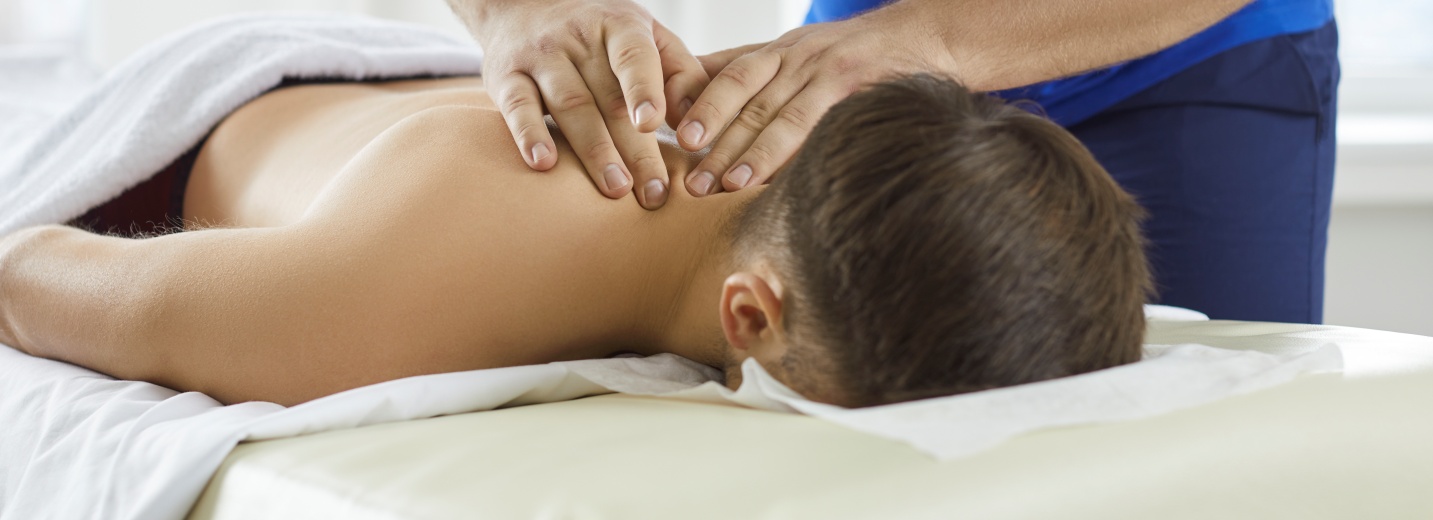
More Danes with Chronic Pain Are Turning to Alternative Treatments
The use of complementary and alternative medicine has increased among Danes living with chronic non-cancer pain over the past two decades, although there was a slight decline in 2021. This is the conclusion of a new study from the National Institute of Public Health in Denmark.
Massage and other manipulative therapies are among the most commonly used types of complementary and alternative medicine among people with chronic non-cancer pain – and their use has generally been on the rise.
The findings are based on a new study published in the scientific journal The Journal of Pain. The study explores trends in the use of complementary and alternative medicine in Denmark from 2000 to 2021 and draws on data from the Danish Health and Morbidity Surveys, including responses from over 86,000 Danes.
The results show that the use of complementary and alternative medicine within the past year increased from 30 percent in 2000 to 36 percent in 2010 among people with chronic non-cancer pain. Since then, the trend has remained stable, with a drop to 31 percent in 2021.
According to PhD student Hannah Ahrensberg, one of the researchers behind the study, the dip in 2021 may be related to the COVID-19 pandemic and the shutdown of large parts of Danish society – including many alternative treatment providers.
Combining Conventional and Alternative Approaches
The study also shows that people with chronic non-cancer pain are more likely than others to use both conventional care and complementary and alternative medicine.
According to Hannah Ahrensberg, this suggests that complementary and alternative medicine is not used as a replacement for conventional care – but rather as a supplement.
“This indicates that many people with chronic non-cancer pain are seeking relief from multiple sources. They combine public healthcare services with treatments like massage or acupuncture to manage their pain as effectively as possible,” she says.
Among chronic non-cancer pain sufferers who use complementary and alternative medicine, a greater proportion also accesses conventional care compared to those who do not use alternative methods. On average, they have more appointments with physiotherapists and chiropractors.
“This may be because those using both public and alternative treatments tend to have more severe or long-lasting pain, or because they may have greater financial means to pay for services not covered by public health insurance,” says Hannah Ahrensberg.
Inadequate Pain Relief
Chronic non-cancer pain represents a growing public health issue – both in Denmark and globally. In 2023, nearly one in three adults in Denmark reported living with chronic pain.
Previous studies have found that many people feel they receive inadequate pain relief from conventional care, explains Hannah Ahrensberg:
“That may be one of the reasons why some choose to supplement conventional care with treatments such as acupuncture, reflexology, or massage.”
The study finds that the use of complementary and alternative medicine is particularly common among people aged 25–64, women, and those with higher education.
Senior researcher Nanna Gram Ahlmark, the study’s lead investigator, emphasizes the importance of healthcare professionals being knowledgeable about complementary and alternative medicine, asking the right questions, and being open to patients’ experiences with various treatment approaches.
“The study highlights how crucial it is for healthcare professionals to have insight into complementary and alternative medicine, that they listen to patients’ concrete experiences, and show interest in what is meaningful to them. Ultimately, it’s about ensuring the best possible care,” she says.
The next phase of the project is a qualitative study exploring why people with chronic non-cancer pain turn to complementary and alternative approaches – and how they experience both alternative and conventional care.
The study is conducted in collaboration with the Multidisciplinary Pain Center at Rigshospitalet and DAKOBE (the Danish Association of Complementary Therapists).
Contact: PhD student Hannah Ahrensberg, email: hana@sdu.dk, phone: +45 6550 7703, and Senior researcher Nanna Gram Ahlmark, email: naah@sdu.dk, phone: +45 6550 7815, National Institute of Public Health, University of Southern Denmark